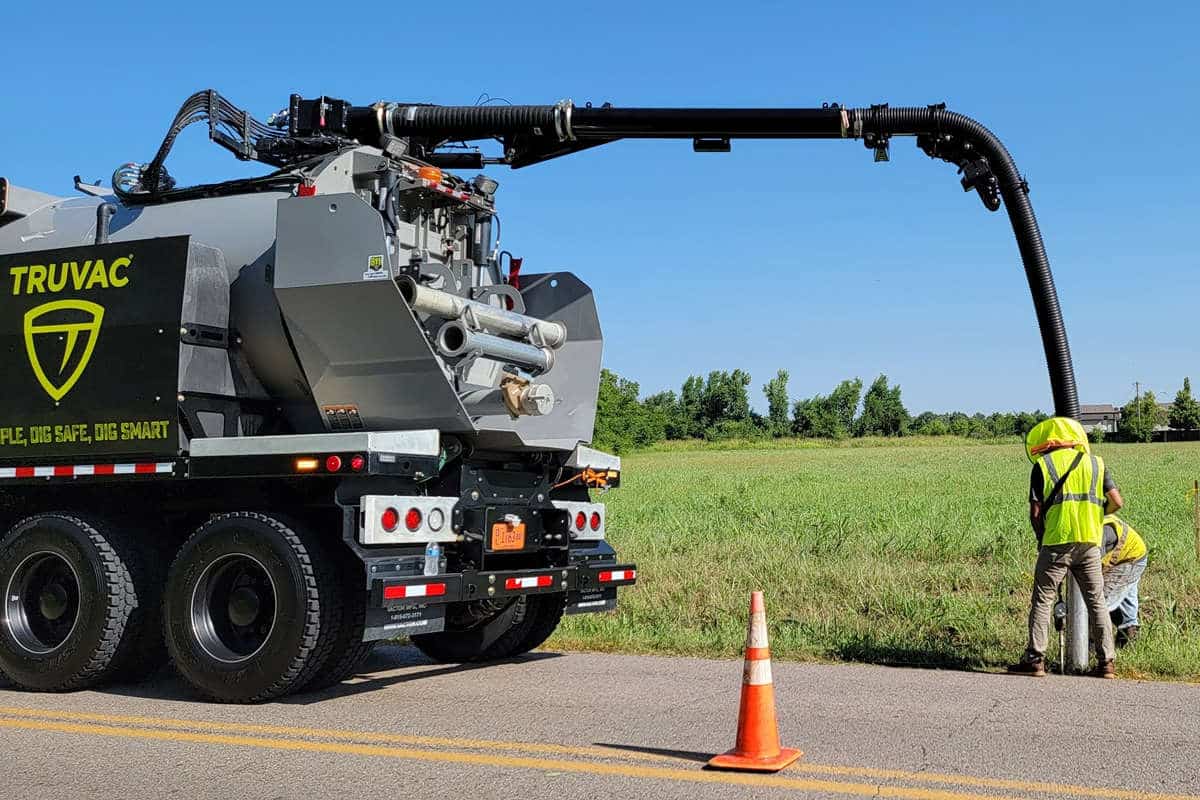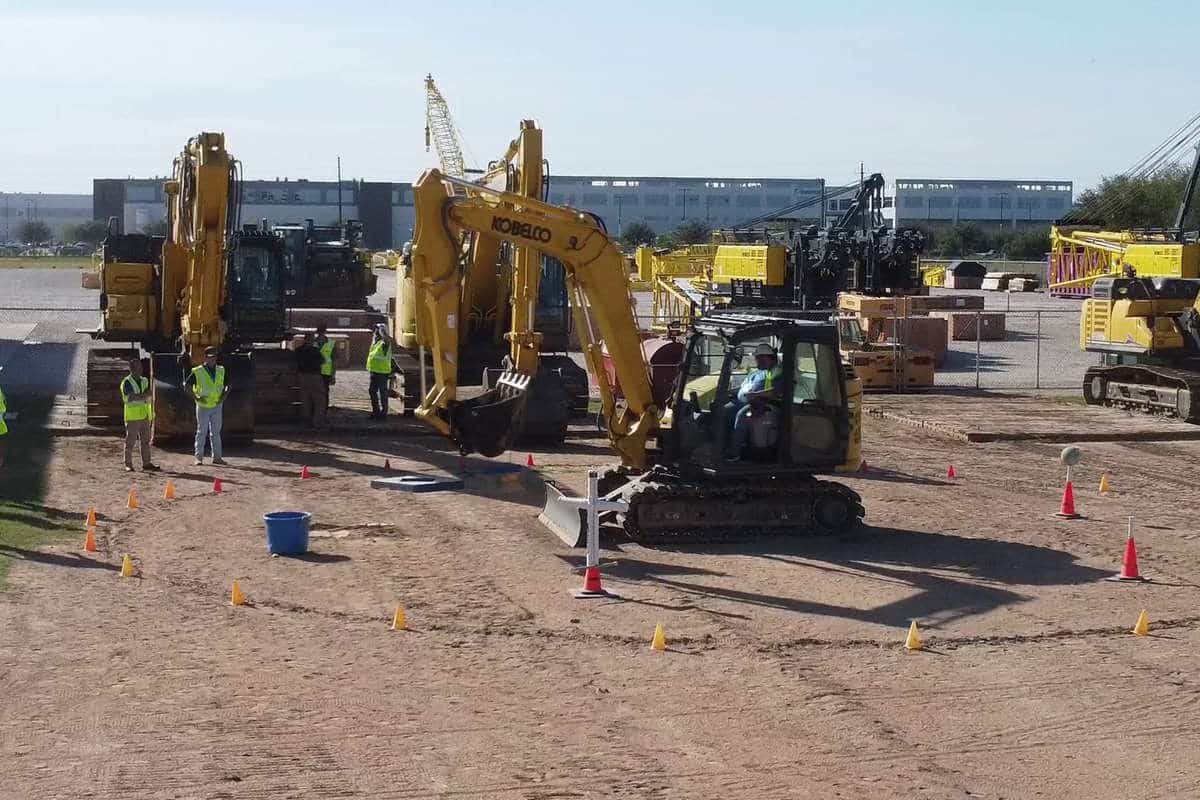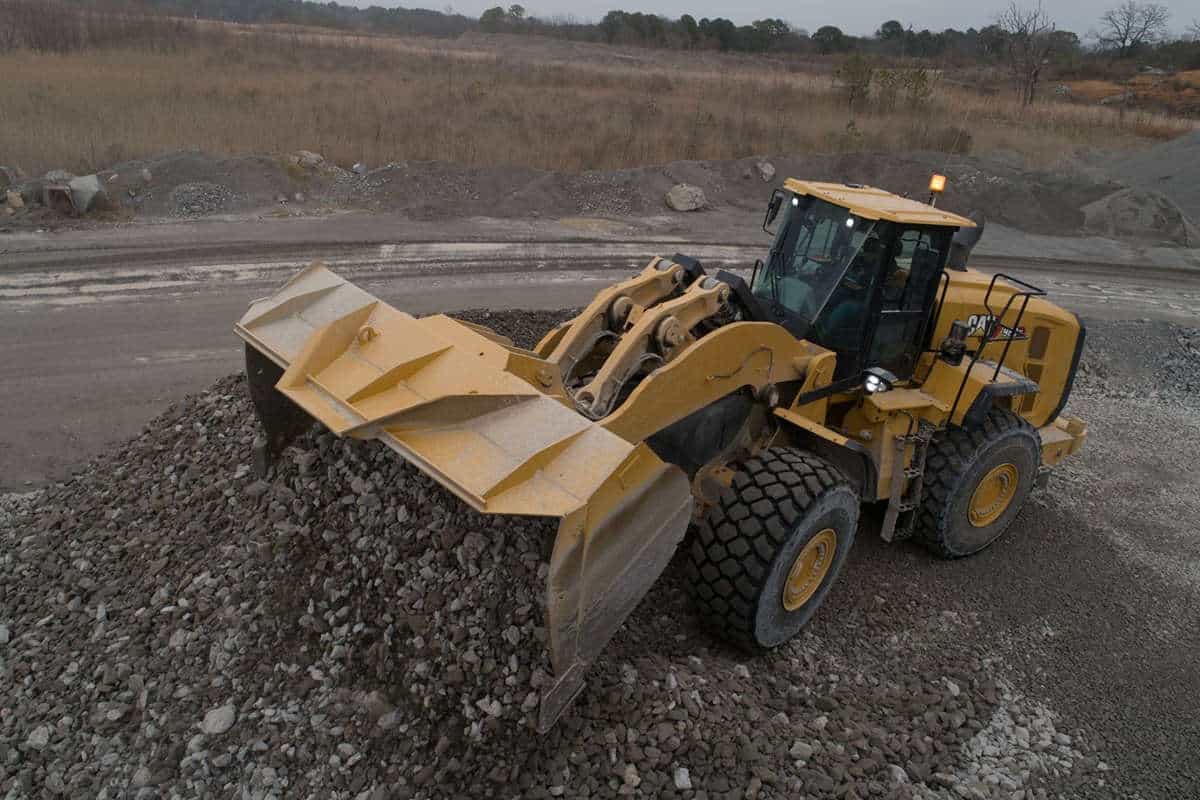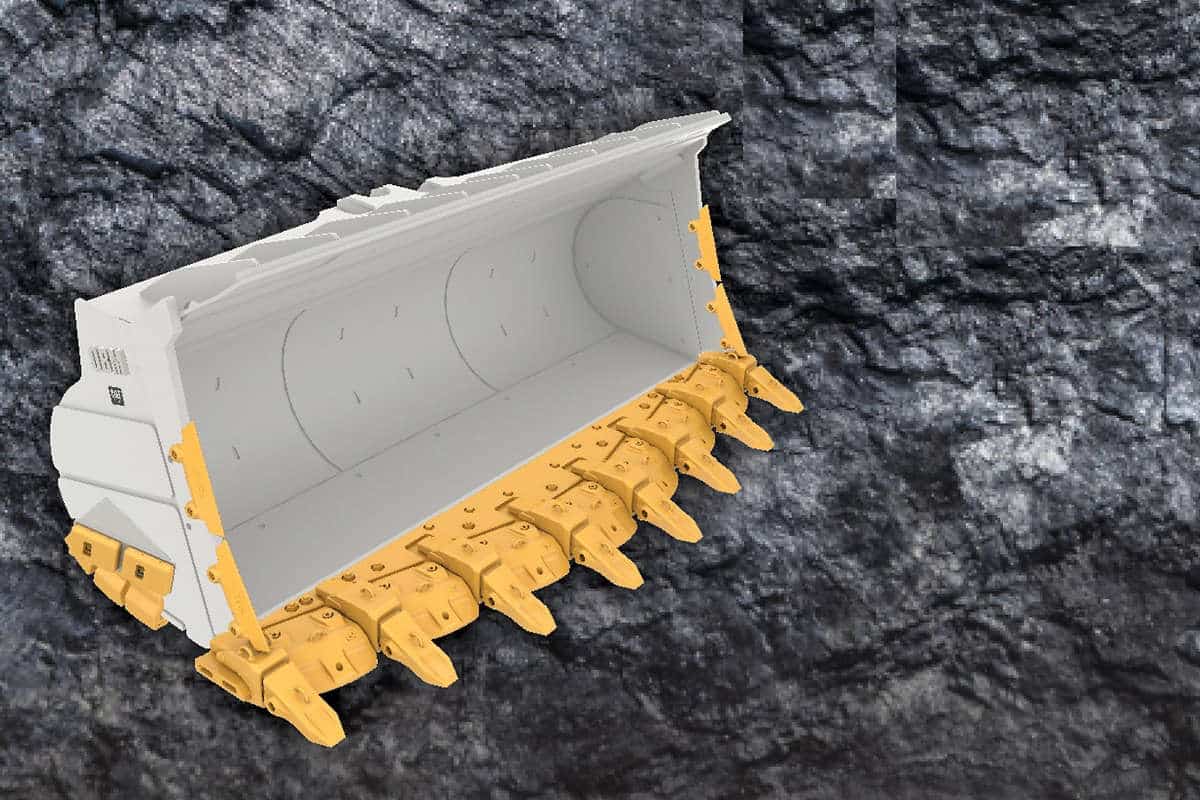4 Proactive Dewatering Methods for Difficult Job Sites

It’s essential to dewater job sites before beginning construction. This process is complex but is vital for keeping employees safe, preventing erosion and supporting the foundation’s stability.
Dewatering can become challenging if you’re on a tough job site. Some projects occur on steep slopes or have rough soil conditions. So how can utility contractors navigate the process?
Here’s how to choose dewatering methods and what you must remember for every project.
What Dewatering Methods Are Most Proactive?
Complex job sites can be a hassle, emphasizing the importance of proactive dewatering methods. Choosing the correct way protects your employees and the structures themselves.
These four techniques are the most proactive for your projects.
1. Wellpoint
Wellpoint is one of the most common dewatering methods because of its versatility. Project managers can execute this plan for clay, sand or gravel because it’s easy to install and relatively inexpensive. Luckily, there are multiple ways to use the wellpoint technique, including the following strategies:
- Wellpoint: First is the standard wellpoint dewatering method. This procedure includes drilling wells across your construction site and connecting them with perforated pipes. A pump carries the water away from the wells through the header pipe and away from your excavation site. Wellpoint is best when the excavation is shallow and the soil has low permeability.
- Wellpoint injection: Wellpoint injection is an excellent dewatering method if you’re looking for efficiency. This mechanism utilizes a jet stream to draw water away from excavation sites. You’ll typically see this method when the excavation is deeper or soil conditions are unfavorable.
- Horizontal wellpoint: This dewatering method includes horizontal perforated pipes, typically utilizing special trenching machines for installation. A wellpoint suction pump efficiently removes water from the excavation site because the flow is better. The screen area is more extensive with horizontal systems, thus proving more effective than vertical systems. Horizontal wellpoints are most common with foundations and road and bridge projects.
2. Deep Wells
Deep well dewatering systems are unique because their wells are the largest in diameter and depth. Each well could extend from 100 to over 1,000 feet, depending on the job. For example, Bingham Canyon Mine in Utah is over 1,200 meters deep (3,900 feet), requiring deep wells for dewatering. These systems increase safety inside the mines by increasing slope stability and preventing subsidence.
This method is fundamentally similar to other dewatering techniques because it connects wells to a pump to remove water. Deep well dewatering is typically more expensive due to the increased resources needed, but it eliminates large amounts of water from the ground effectively. Plus, you can use it in numerous types of soil.
3. Sump Pumps
Another standard dewatering method uses sump pumps. This procedure is practical for contractors on a budget because of its inexpensive nature. Pumps create trenches within your construction site. The sump collects groundwater and the pump carries it away through discharge pipes.
You may also know this method as reactive water removal because it uses chemical reactions. Professionals trap the water using reagents, typically sodium silicate, bentonite or calcium chloride. Sump pumps are best when the groundwater is shallow and the project doesn’t require large amounts of water removal. You can also use sump pumps to protect walls and foundations and keep underground spaces dry.
4. Eductor Wells
The eductor well strategy is a relatively new concept and draws comparisons to the wellpoint methods. However, it’s worth considering because of its effectiveness and easy installation. Eductor wells are best when you’re in a low-flow dewatering situation. The pump goes at the bottom of the well and uses a high-pressure system to extract water. They don’t use vacuums like wellpoint systems do.
Eductor wells use small-diameter wells around the construction site with a pumping station controlling the water flow. This procedure is notable for implementing the Venturi effect, a theory from Giovanni Battista Venturi saying fluid pressure lowers when going through a pipe’s constricted section. Eductor well dewatering has no suction lift limits, making it popular in deep excavation sites.
What Considerations Should You Give for Each Job Site?
Before dewatering, you must do your due diligence on each project. The job site requires scrutiny before deciding which method to use. Here are three considerations to remember before each project.
1. Type of Soil
Understanding the type of soil is vital. The ground’s permeability significantly affects what methods are helpful and which will make the job harder. For example, sand is highly permeable, allowing you to use the deep well methods. However, clay’s low permeability may force you to try sump pumping or eductor wells.
2. Environmental Impact
Nowadays, many construction projects call for increased sustainability and reduced carbon footprints. You can adhere to these tightened standards using the most efficient dewatering methods. For example, the eductor well method is environmentally friendly because it extracts water without chemicals. Thus, the area around your job site will be better off.
3. Community Impact
Your dewatering project’s impact on the surrounding community goes hand-in-hand with the environmental effect. You should reduce your noise and air pollution as much as possible when working in residential areas or cities. Use electric vehicles and equipment because they have zero emissions and are much quieter than gas-powered devices.
Dewatering Methods for Construction Sites
Ultimately, the best dewatering method will depend on the specific conditions at your job site. Dewatering can be tedious, but setting up your projects and team for success is essential. Use one of these four strategies on your next job.
Oscar Collins is the editor-in-chief at Modded. He’s written for sites like Contractor and StartupNation. Follow him on Twitter at @TModded for frequent updates on his work.




